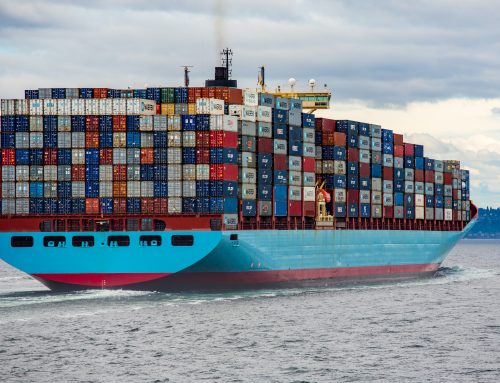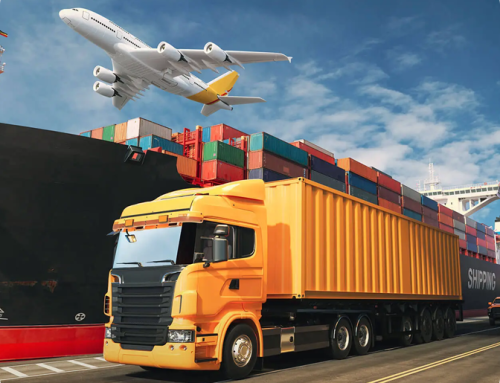Importing car parts into the USA involves several steps and adherence to regulations set by various federal agencies, including the Environmental Protection Agency (EPA), the Department of Transportation (DOT), and US Customs and Border Protection (CBP).
Here’s an overview of the process and when specific forms such as the EPA and HS-7 forms are required.
Determine Applicability of Regulations
For commercial importers, it’s important to understand which federal regulations apply based on the type of parts (e.g., engine components, safety equipment) and their intended use.
Some exemptions may apply if you’re importing automotive parts for personal use, but it’s crucial to verify which regulations affect the import of your car parts.
Environmental Protection Agency (EPA) Requirements
The EPA regulates the import of any vehicle or engine to ensure it meets U.S. emissions standards as set by the Clean Air Act.
The EPA Form 3520-1 is required for all vehicles and engines entering the United States. This includes both complete vehicles and engines intended for road use.
If you’re importing parts that include engines (for example, a replacement engine), the EPA’s regulations apply. You must prove that the engine meets EPA emissions standards, which often requires certification or proof of equivalence to U.S. models.
When importing engines from Canada, for example, while many Canadian vehicles are certified to the same standards as U.S. vehicles, importers must still be able to prove that the vehicle or engine meets emission standards by submitting a letter of compliance or verifying the presence of a vehicle emissions label stating that it is certified to EPA emission standards.
Certain parts not directly affecting emissions may not require EPA documentation, but it’s essential to check the latest EPA guidelines.
Department of Transportation (DOT) Requirements
The DOT oversees the safety standards for vehicles and their components.
The HS-7 form is required for the import of vehicles and equipment subject to Federal Motor Vehicle Safety Standards (FMVSS). If you’re importing car parts that affect the vehicle’s safety features (such as breaking systems, lighting, and tires), you’ll likely need to submit an HS-7 form at customs.
Some automotive parts may be exempt from DOT regulations, such as components not directly related to safety or unregulated parts for older vehicles not originally manufactured to meet FMVSS.
Customs and Border Protection (CBP) Requirements
All imports must clear U.S. Customs. You’ll need to provide the necessary documentation, including commercial invoices, packing lists, and the EPA and DOT forms when applicable.
The HTS groups automotive part imports into six broad product categories:
- Bodies and parts (includes bodies, seat parts, and windshields)
- Chassis and drivetrain parts (includes brake components, gear boxes, and wheels)
- Electrical components (includes fans, spark plugs, and signaling equipment)
- Engines and parts (includes engines, gaskets, and fuel injection pumps)
- Miscellaneous parts (includes muffler parts, radiator parts, brake fluid and other liquids)
- Tires and tubes (includes tires and inner tubes)
Be prepared to pay any applicable customs duties and taxes based on the Harmonized Tariff Schedule (HTS) classification of your parts.
Other Considerations
Intellectual Property Rights (IPR): Ensure the parts you’re importing do not infringe on any U.S. patents, trademarks, or copyrights. This involves conducting thorough due diligence to verify the authenticity and legality of the automotive parts before importing them.
State Regulations: Some states may have additional certification requirements or emissions standards beyond federal regulations. For example, the California Air Resources Board (CARB) regulates vehicle emissions and requires certain aftermarket automotive parts to be certified under the California Vehicle Code (CVC). New York, Massachusetts, Texas, and Washington are other examples of states that have their own emissions testing programs and regulations.
Tips for Successful Import
Research and compliance: Thoroughly research all applicable regulations and ensure full compliance to avoid delays or penalties. Stay up to date on changes to relevant import regulations, tariffs, and trade policies.
Classify products correctly: Determine the correct HTS code to ensure accurate assessment of duties and taxes.
Prepare accurate documentation: Ensure that all import documentation, including invoices, bills of lading, and certificates of origin, is complete and accurate, and be prepared to provide additional documentation if requested by customs.
Budget for duties and taxes: Calculate the estimated duties, taxes, and fees associated with importing, and budget accordingly to avoid unexpected costs and delays in customs clearance.
Plan logistics and shipping: Choose reliable shipping methods and consider factors such as transit times, reliability, and insurance coverage.
Consult with experts: Consider consulting with a customs broker like Clearit or a legal expert specializing in import regulations for personalized advice and assistance.
This overview provides a basic framework, but regulations can change, and specific situations may require additional steps or documentation. Always refer to the latest guidelines from the EPA, DOT, and CBP for the most accurate and detailed information.




